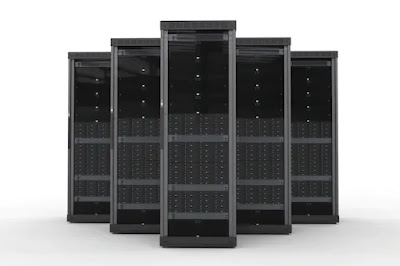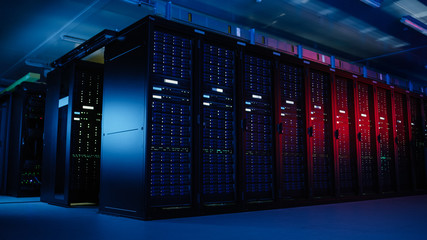Introduction to Mainframe Technology : What is Mainframe ?
What is Mainframe ?
Mainframe technology has been around for decades, and it is still a vital part of many large enterprises today. A mainframe is a powerful computer that is used to run mission-critical applications and handle large amounts of data for thousands of users simultaneously.
One of the key features of mainframe technology is its ability to handle high levels of transaction processing. Mainframes are designed to process millions of transactions per second, making them ideal for use in industries such as finance, where there is a need to process large volumes of data in real-time.
Another important aspect of mainframe technology is its scalability. Mainframes can be easily scaled up or down to meet the changing needs of an organization. This allows organizations to increase or decrease their computing power as needed, without having to invest in new hardware or software.
Mainframes are also known for their reliability and availability. With redundant hardware and software components, mainframes are designed to run continuously without downtime. This is critical for organizations that rely on their mainframe systems to run their business.
One of the main challenges of mainframe technology is the cost. Mainframes are expensive to purchase and maintain, and they require specialized skills to operate and manage. However, the cost is often justified by the benefits that mainframes provide, including their high levels of performance, scalability, and reliability.
In conclusion, mainframe technology is an important part of many large enterprises. It is a powerful, scalable, and reliable platform for running mission-critical applications and handling large volumes of data. While it can be expensive to implement and maintain, the benefits of mainframe technology often outweigh the costs for organizations that rely on it to run their business




Comments
Post a Comment